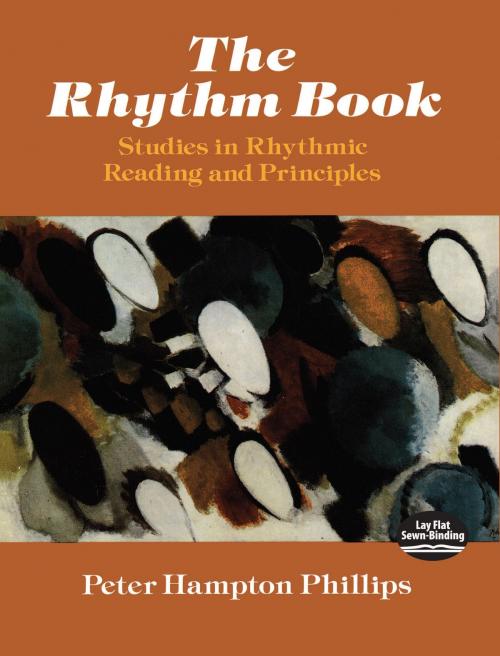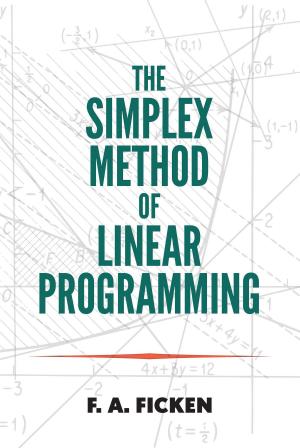The Rhythm Book
Studies in Rhythmic Reading and Principles
Nonfiction, Entertainment, Music, Instruments & Instruction, Voice, Techniques, Theory & Criticism| Author: | Peter Phillips | ISBN: | 9780486144580 |
| Publisher: | Dover Publications | Publication: | May 5, 2014 |
| Imprint: | Dover Publications | Language: | English |
| Author: | Peter Phillips |
| ISBN: | 9780486144580 |
| Publisher: | Dover Publications |
| Publication: | May 5, 2014 |
| Imprint: | Dover Publications |
| Language: | English |
This excellent textbook is directed to students and their teachers who want to further their mastery of rhythmic reading and notation. Through study of its principles, and through practice of the simple drills and exercises that occur throughout the book, readers can build the broad and fluent rhythmic vocabulary necessary for a good, basic understanding of music's essentials.
Chapter by chapter, Peter Hampton Phillips, composer and educator, familiarizes the reader with the various signs, symbols, and units of rhythmic notation. For each area, he includes studies for playing and singing, and illuminating examples from nine centuries of music literature.
The book includes a section on basic conducting technique and an appendix on sight-singing with drills that can enable singers and instrumentalists to "read ahead"; that is, to scan across the page, grasping new patterns as they appear. Other highly useful appendixes to this essential text demonstrate the principles of musical notation; illustrate a broad range of conducting patterns; list tempo markings in English, Italian, German, and French; and present typical problems and solutions of rhythmic notation.
This excellent textbook is directed to students and their teachers who want to further their mastery of rhythmic reading and notation. Through study of its principles, and through practice of the simple drills and exercises that occur throughout the book, readers can build the broad and fluent rhythmic vocabulary necessary for a good, basic understanding of music's essentials.
Chapter by chapter, Peter Hampton Phillips, composer and educator, familiarizes the reader with the various signs, symbols, and units of rhythmic notation. For each area, he includes studies for playing and singing, and illuminating examples from nine centuries of music literature.
The book includes a section on basic conducting technique and an appendix on sight-singing with drills that can enable singers and instrumentalists to "read ahead"; that is, to scan across the page, grasping new patterns as they appear. Other highly useful appendixes to this essential text demonstrate the principles of musical notation; illustrate a broad range of conducting patterns; list tempo markings in English, Italian, German, and French; and present typical problems and solutions of rhythmic notation.















